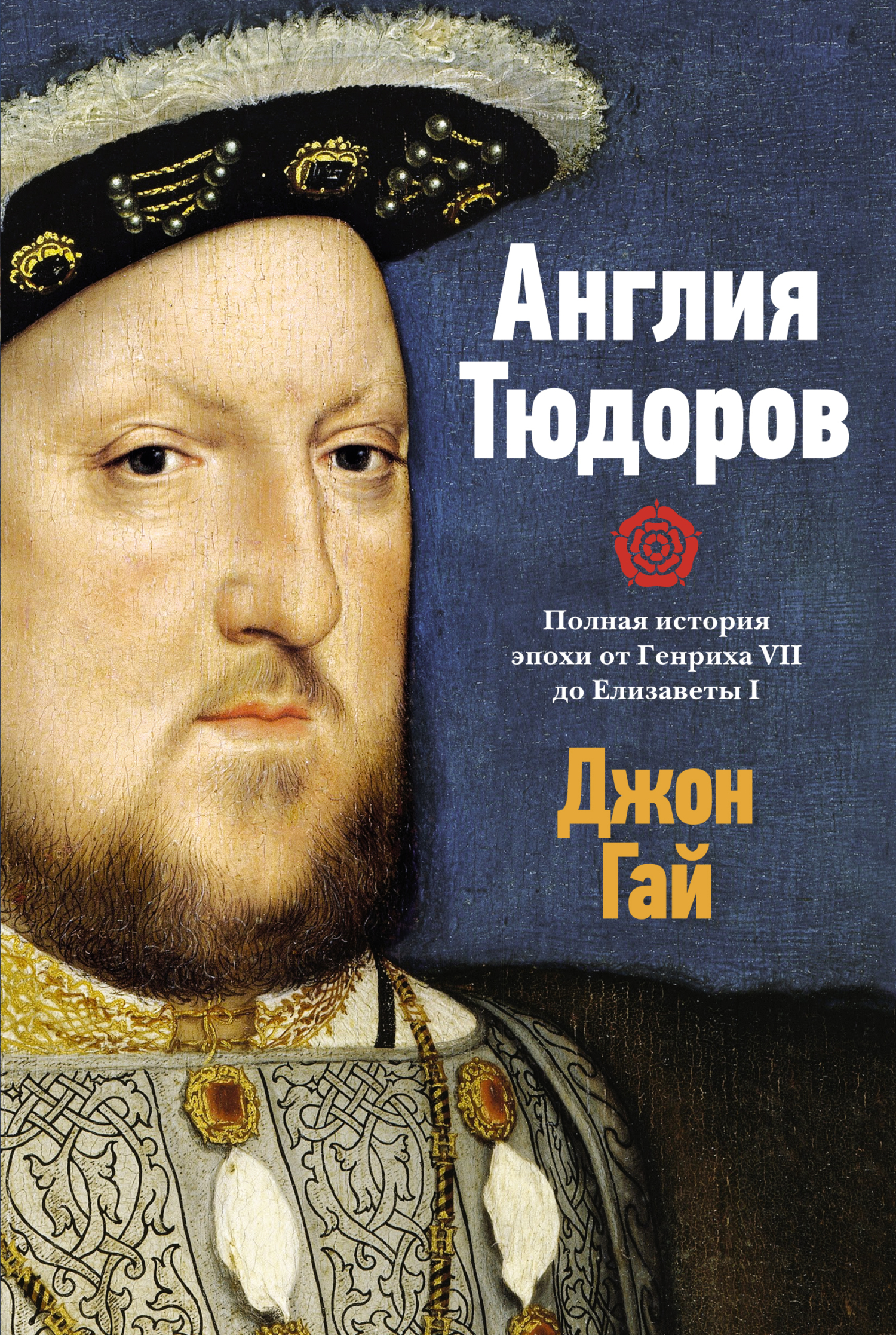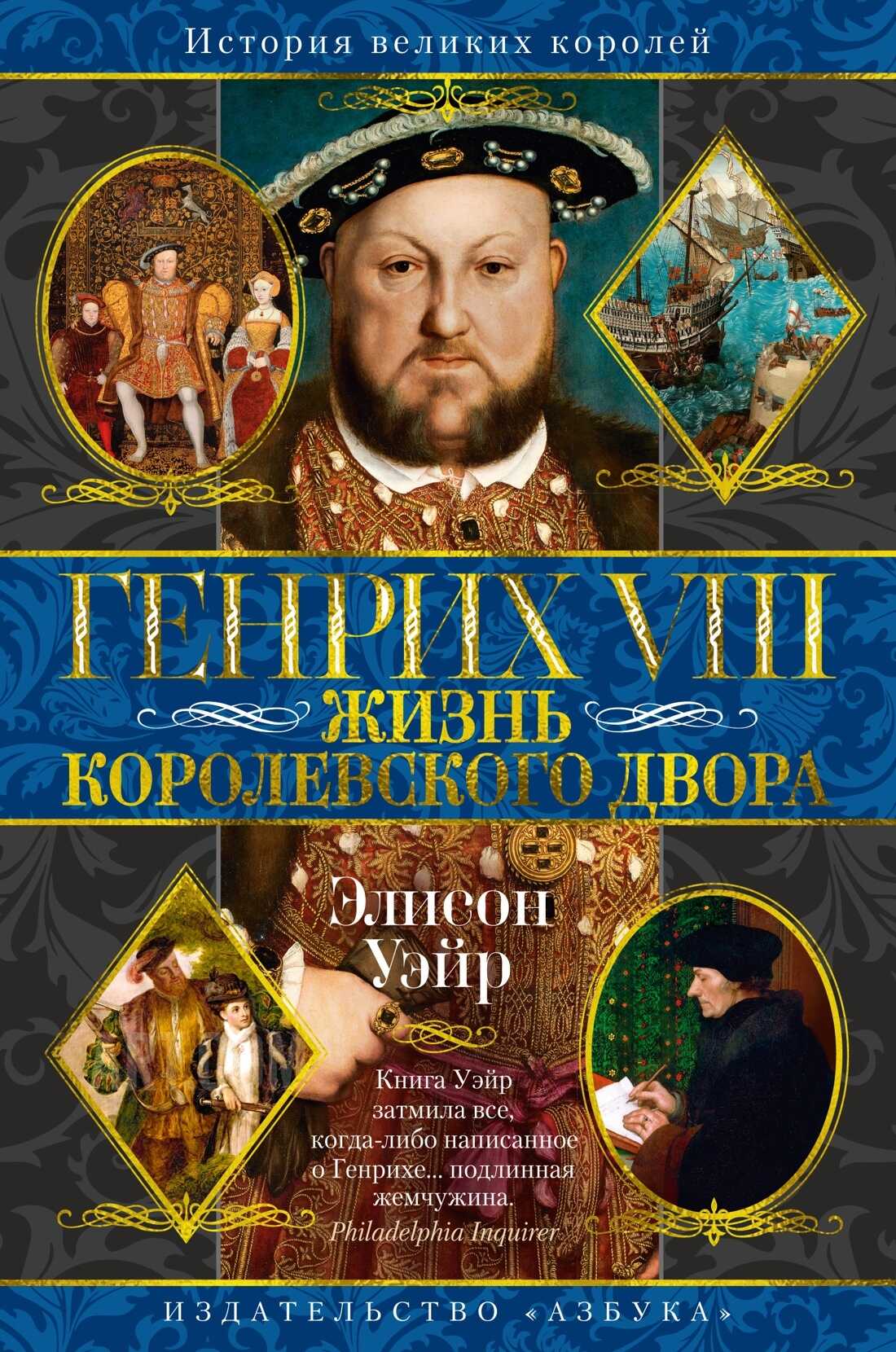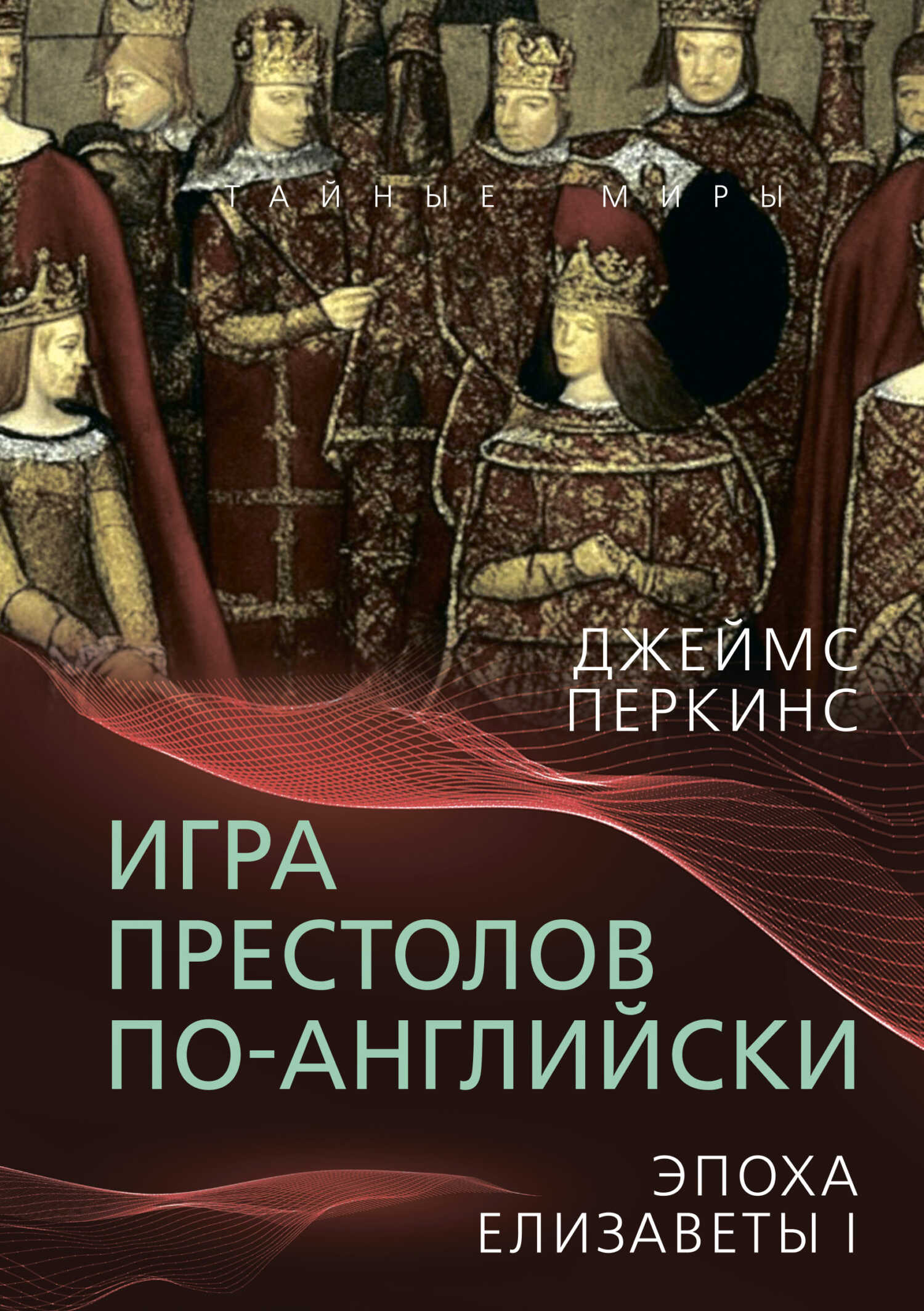79, p. 449–477.
– (1964b). The “New” Document on Thomas More’s Trial // Moreana, 3, p. 5–19.
Devereux E. J. (1966). Elizabeth Barton and Tudor Censorship // Bulletin of the John Rylands Library, 49, p. 91–106.
Dietz F. (1921). English Government Finance, 1485–1558. Urbana, Illinois.
Dodds M. H. (1916). Political Prophecies in the Reign of Henry VIII // Modern Language Review, 11, p. 276–284.
Doucet R. (1921). Étude sur le gouvernement de François I dans ses rapports avec le Parlement de Paris. 2 vols. Paris.
Dowling M. (1984). Anne Boleyn and Reform // JEH, 35, p. 30–46.
– (1986). Humanism in the Age of Henry VIII. Beckenham.
Dowling M., Shakespeare J., eds. (1982). Religion and Politics in Mid-Tudor England through the Eyes of an English Protestant Woman: the Recollections of Rose Hickman // BIHR, 55, p. 94–102.
Duffy E. (1992). The Stripping of the Altars: Traditional Religion in England, 1400–1580. New Haven and London.
– (2013). Hampton Court, Henry VIII and Cardinal Pole // Henry VIII and the Court: Art, Politics and Performance / ed. T. Bedderidge and S. Lipscomb. Farnham. P. 197–213.
Dumitrescu T. (2017). The Early Tudor Court and International Musical Relations. London.
Dyer A. (1997). The English Sweating Sickness of 1551: An Epidemic Anatomized // Medical History, 41, p. 362–384.
Eichberger D. (1996). Margaret of Austria’s Portrait Collection: Female Patronage in the Light of Dynastic Ambitions and Artistic Quality // Renaissance Studies, 10, p. 259–279.
– (2002). The Habsburgs and the Cultural Heritage of Burgundy // The Age of Van Eyck: The Mediterranean World of Early Netherlandish Painting, 1430–1530 / ed. T. H. Bochert. London, р. 185–194.
– (2018). “Women Who Read are Dangerous”: Illuminated Manuscripts and Female Book Collections in the Early Renaissance // Antipodean Early Modern: European Art in Australian Collections, c. 1200–1600 / ed. A. Dunlop/ Amsterdam.
Ellis S. G. (1976). The Kildare Rebellion and the Early Henrician Reformation // HJ, 19, p. 807–830.
– (1995). Tudor Frontiers and Noble Power: The Making of the British State/ Oxford.
– (2019). Siegecraft on the Tudor frontier: the Siege of Dublin, 1534, and the Crisis of the Kildare Rebellion // HR, 92, p. 705–719.
Elton G. R. (1953). The Tudor Revolution in Government / Cambridge.
– (1972). Policy and Police: The Enforcement of the Reformation in the Age of Thomas Cromwell. Cambridge.
– (1973). Reform and Renewal: Thomas Cromwell and the Common Weal. Cambridge.
– (1974–1992). Studies in Tudor and Stuart Politics and Government / 4 vols. Cambridge.
Ferguson G., McKinley M. B., eds. (2013). A Companion to Marguerite de Navarre. Leiden.
Fideler P. A. (1974). Christian Humanism and Poor Law Reform in Early Tudor England // Societas: A Review of Social History, 4, p. 269–285.
Flannigan L. (2020). Justice in the Court of Requests, 1483–1538. Cambridge PhD.
– (2021). Signed, Stamped, and Sealed: Delivering Royal Justice in Early Sixteenth-Century England // HR, 94, p. 267–281.
Fletcher C. (2012). Our Man in Rome: Henry VIII and his Italian Ambassador. London.
Flood J. L. (2003). “Safer on the Battlefield than in the City”: England, the “Sweating Sickness”, and the Continent // Renaissance Studies, 17, p. 147–176.
Floyer J. K. (1913). English Brick Buildings of the Fifteenth Century // Archaeological Journal, 70, p. 121–132.
Foister S. (1978). Holbein and the Court of Henry VIII. London.
– (2004). Holbein and England. New Haven and London.
– (2006). Holbein in England. London.
– (2012). Holbein, Antonio Toto and the Market for Italian Painting in Early Tudor England // The Anglo-Florentine Renaissance: Art for the Early Tudors / ed. C. M. Sicca and L. A. Waldman. New Haven and London. P. 281–306.
Foister S., Roy A., Wyld M. (1997). Making and Meaning: Holbein’s Ambassadors. London.
Fonblanque E. B. de (1887). Annals of the House of Percy. 2 vols. London.
Foyle J. (2002). An Archaeological Reconstruction of Thomas Wolsey’s Hampton Court Palace. Reading PhD.
Fox A., Guy J. (1986). Reassessing the Henrician Age: Humanism, Politics, and Reform. Oxford.
Fox Julia. (2007). Jane Boleyn: The Infamous Lady Rochford. London.
– (2011). Sister Queens: Katherine of Aragon and Juana, Queen of Castile. London.
Frangenberg T. (1992). The Angle of Vision: Problems of Perspectival Representation in the Fifteenth and Sixteenth Centuries / Renaissance Studies, 6, p. 1–45.
Freeman A. (2007). To Guard His Words // Times Literary Supplement, issue 5463 (14 Dec. 2007), p. 13–14.
Freeman T. S. (1995). Research, Rumour and Propaganda: Anne Boleyn in Foxe’s “Book of Martyrs” // HJ, 38, p. 797–819.
Friedmann P. (1884). Anne Boleyn: A Chapter of English History, 1527–1536. 2 vols. London.
Gairdner J. (1893). Mary and Anne Boleyn // EHR, 8, p. 53–60, 299–300.
– (1896). New Lights on the Divorce of Henry VIII // EHR, 11, p. 673–702.
– (1897). New Lights on the Divorce of Henry VIII continued // EHR, 12, p. 1–16, 237–253.
Gardiner L. R. (1984). Further News of Cardinal Wolsey’s End, November – December 1530 // BIHR, 57, p. 99–107.
Grant L. (2019). Latin Erotic Elegy and the Shaping of Sixteenth-Century English Love Poetry. Cambridge.
Gray J. M. (2012). Oaths and the English Reformation. Cambridge.
Green H. J. M., Thurley S. (1987). Excavations on the West Side of Whitehall 1960–1962, Part 1: From the Building of the Tudor Palace to the Construction of the Modern Offices of State // Transactions of the London and Middlesex Archaeological Society, 38, p. 59–130.
Griffey E. (2020). Express Yourself? Henrietta Maria and the Political Value of Emotional Display at the Stuart Court // Seventeenth Century, 35, p. 187–212.
Guépin M. A. (1839). Histoire de Nantes. 2nd edn. Nantes.
Gunn S. J. (1986). The Duke of Suffolk’s March on Paris in 1523 // EHR, 101, p. 596–634.
– (1988). Charles Brandon, Duke of Suffolk, 1484–1545. Oxford.
–(1996). Henry VIII’s Foreign Policy and the Tudor Cult of Chivalry // François Ier et Henry VIII, deux princes de la renaissance, 1515–1547 / ed. C. Giry-Deloison. Centre d’histoire de la region du Nord et de l’Europe du Nord-Ouest, Collection ‘Histoire et litterature regionales’, 13. Lille and London. P. 25–36.
– (2016). Henry VII’s New Men and the Making of Tudor England. Oxford.
Gunn S. J., Lindley P. G., eds. (1991).
























